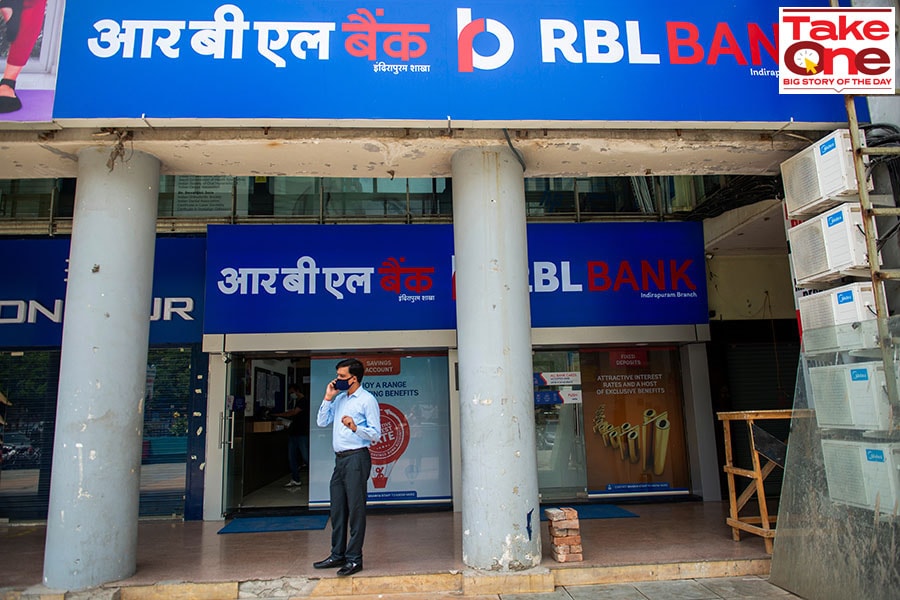
M&M-RBL Bank deal: A long-term strategic investment, with hopes of a regulatory re-think?
Bankers suggest the deal is completely strategic and indicate that RBL Bank's potential for growth is intact over the long term
 Mahindra Group has acquired 3.53 percent stake in RBL Bank
Image: Shutterstock
Mahindra Group has acquired 3.53 percent stake in RBL Bank
Image: Shutterstock
There has been much media speculation about the rationale of the Mahindra Group in not just picking up a sizeable 3.53 percent stake in RBL Bank, but announcing it to the public after the deal was done. Of course, the mandatory disclosures on public shareholding in a listed company required this. But if this was just a secondary market transaction play, the automotive-to-technology conglomerate might not want to make a splash of it.
There are some things that stand out which make RBL Bank a good bank to acquire: It has the potential, but it is expected to play out over a long period. It is one of the few mid-sized banks that has a diversified institutional shareholding and is not held by a promoter group or family.
The lack of clarity on what the deal holds for investors going ahead, has reflected in a sluggish trend for the RBL Bank and M&M stocks. The M&M stock closed down 3.55 percent at Rs 1,490 at the BSE on Tuesday, from Rs 1,544.8 on July 26, when reports of the deal emerged. The RBL Bank stock has fallen 6.35 percent to Rs 224.9 at the BSE, from Rs 239.2 on July 26.
The Mahindra Group has only disclosed a brief statement to the stock exchanges, that it had “acquired a 3.53 percent stake in RBL Bank as an investment at a cost of Rs 417 crore”. This stake is as of July 21, 2023, RBL Bank has said. In the clarification to the stock exchanges, M&M also said, “We may consider further investment, subject to pricing, regulatory approvals and required procedures. However, in no circumstance will it exceed 9.9 percent.” (This is the maximum stake that an institution can hold in a bank, but not as a promoter.)
When contacted, M&M told Forbes India that it was “in a silent period and hence won’t be able to comment any further”. The Group’s action is being considered by some to be a strategic, long-term move.








